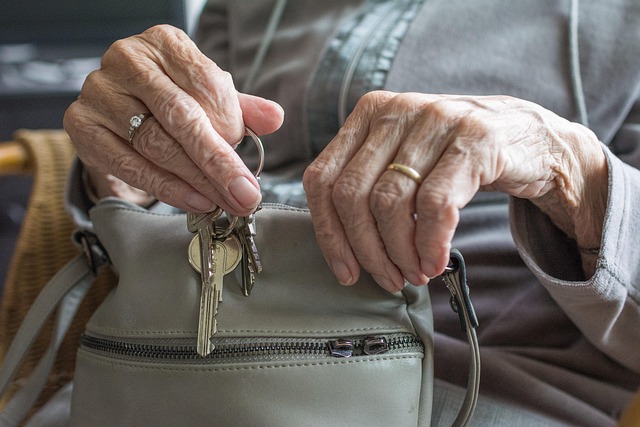The rapidly aging global population is reshaping the real estate market by driving demand for age-friendly housing with accessible features and tailored amenities like assisted living. Developers are incorporating these preferences into new projects, while urban planning focuses on designing public spaces and infrastructure to cater to seniors' needs. This shift presents significant investment opportunities in senior-friendly communities, assisted living facilities, and age-integrated residential projects.
As global populations age, the demand for tailored real estate solutions is on the rise. This shift in demographic trends presents a significant opportunity for the industry. The article explores how the increasing number of older adults is reshaping the market, with a focus on key drivers, changing lifestyle needs, and investment prospects. Discover how real estate can adapt to meet the unique requirements of this growing segment, unlocking new market potential along the way.
Older Demographics: Key Drivers of Real Estate Market

The aging population is significantly reshaping the real estate market, as older demographics present unique demands and preferences. With a growing number of people reaching retirement age, developers and real estate professionals must adapt to cater to this shifting sector. One key trend is the demand for age-friendly housing that accommodates mobility issues and offers amenities tailored to seniors’ needs, such as assisted living facilities or easy access to healthcare services.
This demographic shift also influences spatial preferences, with many older individuals seeking quieter neighborhoods or retirement communities that foster social connections. Additionally, the concept of downsizing has gained traction among this group, leading to increased interest in smaller, well-designed properties that offer convenience and ease of maintenance. These changing preferences are driving innovation in real estate development, pushing for more inclusive and tailored housing solutions to meet the needs of an aging population.
Changing Lifestyle Needs: Adaption to Aging Population

As populations around the world age, the demand for tailored real estate solutions is on the rise. Older adults have distinct needs and preferences, often requiring more accessible and comfortable living spaces. This shift in demographic brings about a need to adapt residential areas to accommodate seniors, ensuring their independence and quality of life. For instance, developers are incorporating features like easier navigation, wider doorways, and specialized amenities such as assisted living facilities or community centers within new construction projects.
These adaptations go beyond physical changes; they also encompass a shift in urban planning perspectives. Cities and towns are increasingly considering the needs of seniors when designing public spaces, transportation systems, and healthcare infrastructure. Such inclusive practices ensure that aging populations can remain active participants in their communities, fostering social connections and enriching their golden years.
Investment Opportunities: Unlocking Market Potential

The aging population presents a significant shift in consumer behavior, creating immense investment opportunities, particularly within the real estate sector. As individuals age, their needs and preferences evolve, driving demand for specific housing types and amenities designed to cater to their changing lifestyles. This demographic trend offers developers and investors a chance to unlock untapped market potential.
Real estate has long been a robust investment vehicle, but the aging population dynamic adds a new layer of complexity and opportunity. The construction of senior-friendly communities, assisted living facilities, and age-integrated residential projects can meet the rising demand for specialized housing solutions. By recognizing this trend, investors can strategically position themselves to capitalize on the growing need for accommodations tailored to the needs and preferences of an aging demographic.






